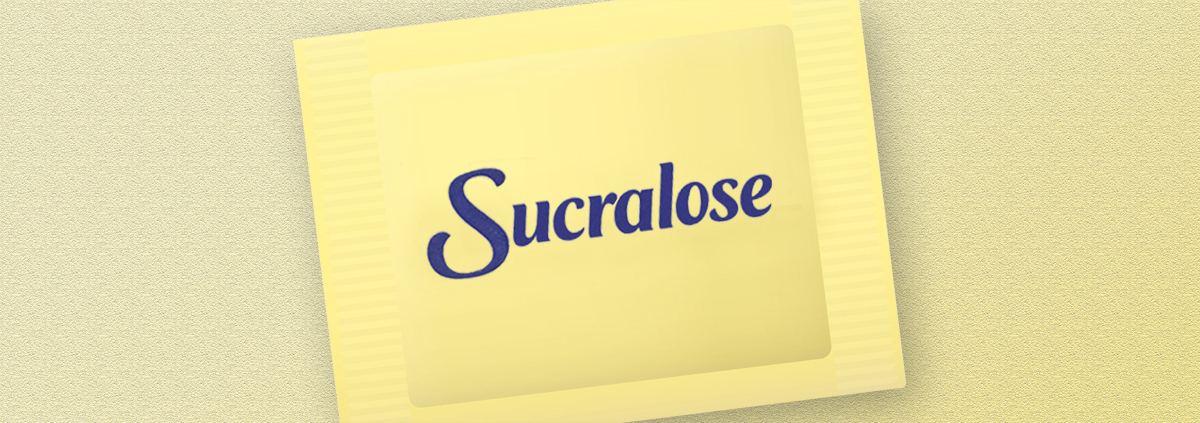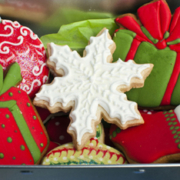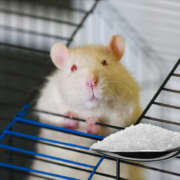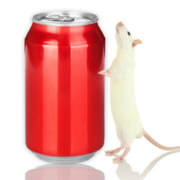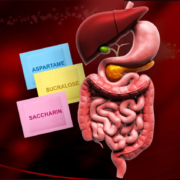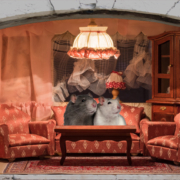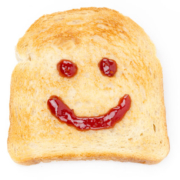The Actual Effects of Sucralose
Continuing the examination of the study on diet drinks and appetite, let’s get into the details of the study. The MRI portion of the study is difficult to interpret for the layperson. The researchers seemed to think that based on the brain response, obese women would be more susceptible to overeating after consuming a drink with sucralose than sucrose. Did they eat more? More important, did their blood values vary abnormally?
Blood Response to Sucralose
To me, the most significant finding was that there were no abnormal physical responses to sucralose. A prior study suggested that sucralose raises blood insulin in anticipation of sugar following a drink sweetened with artificial sweeteners, but that didn’t happen in this study. There were no differences in blood sugar, insulin, glucagon-like peptide-1, or other measures in response to sucralose that differed from drinking water (the placebo). That in and of itself is a significant finding.
Eating Response to Sucralose
The average buffet intake two hours after consuming the drinks was about 900 calories regardless of whether the subjects had the drinks with sucrose, sucralose, or plain water.
It should be noted that the food intake varied by +/- 450 calories. When analyzed by weight class and gender, obese women ate about 100 calories more after the sucralose drink, but that’s still fewer calories than if they’d consumed a 300-calorie sugar drink. The subjects served as their own controls, meaning they were tested under each drink condition.
In this case, seeing the raw data for every subject might have helped. The subjects were tested in random order but by the third exposure to the same buffet items, they might have decided to eat more or less of their favorite snack foods.
More
The NPR science writer chose the title “Diet soda may prompt food cravings, especially in women and people with obesity.” In a television courtroom drama, they’d call that “assuming facts not in evidence.” Here’s why that title was particularly misleading: there was no diet soda used in this study. The drinks weren’t soda and they weren’t carbonated—they were more like Kool-Aid. It’s tempting to extend the idea to diet soda, but that wouldn’t take into account the effect of carbonation.
There was also no measure of food cravings. People were offered food and they ate it or they didn’t, so the headline was doubly misleading.
The Bottom Line
The study did contribute to the knowledge about artificial sweeteners, especially as they impact blood sugar and insulin. If you use sucralose, there’s no reason to stop. If you don’t, you have to decide for yourself whether you want to use it or not. Artificial sweeteners can be part of a weight loss effort, but the only way they help is if you don’t eat more to make up for the calories you’re not getting when using them. “I’m getting a diet soda, so I’ll get the large fries”—if that’s how you’re thinking, you’re missing the whole point of diet drinks. If you can maintain or decrease your caloric intake of all other foods and drinks but substitute sucralose for sugar, then you’ll be ahead of the game.
What are you prepared to do today?
Dr. Chet
References:
1. Allison Aubrey YOUR HEALTH NPR. Diet soda may prompt food cravings, especially in women and people with obesity. October 7, 2021.
2. JAMA Network Open. 2021;4(9): doi:10.1001/jamanetworkopen.2021.26313

